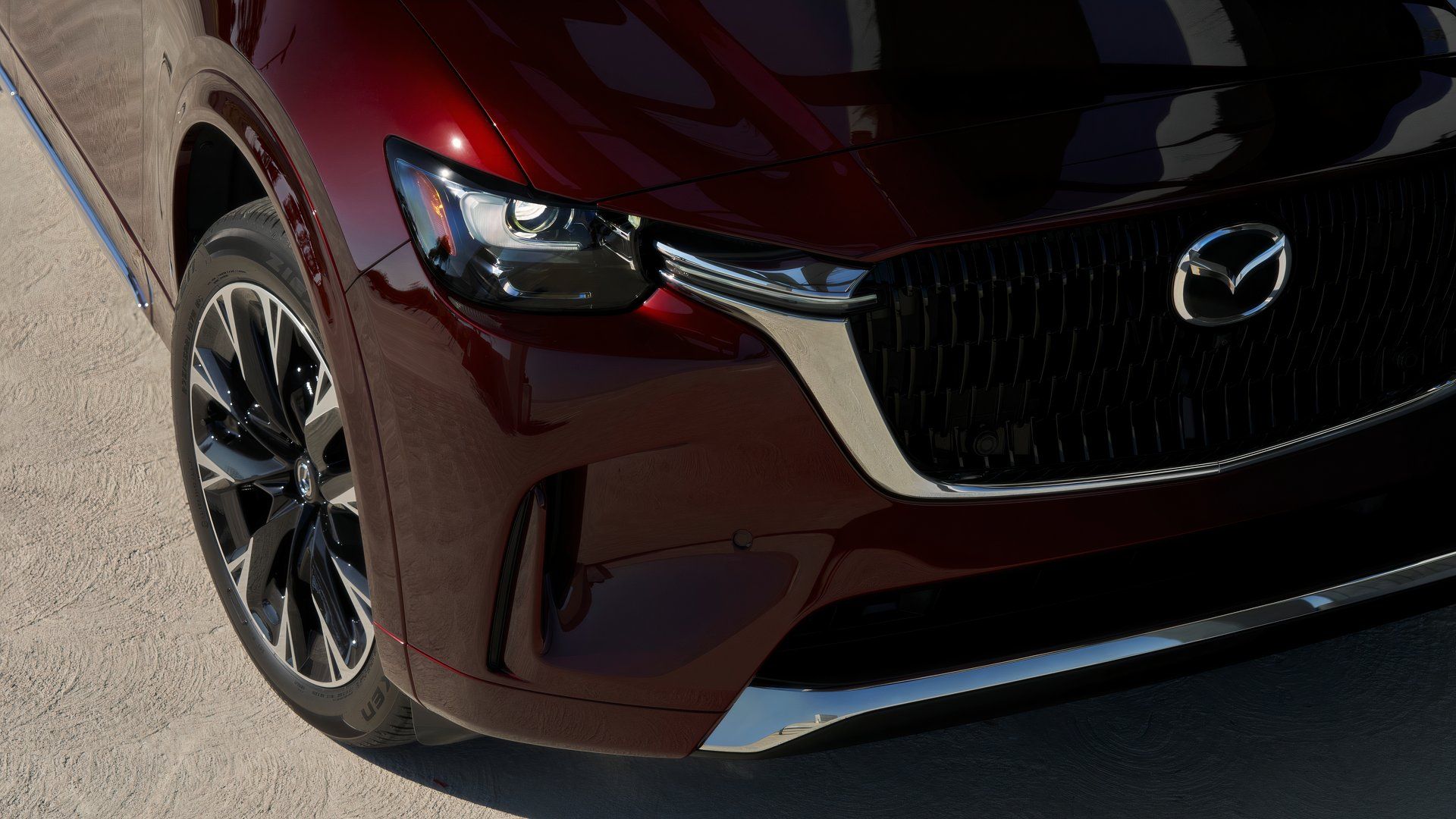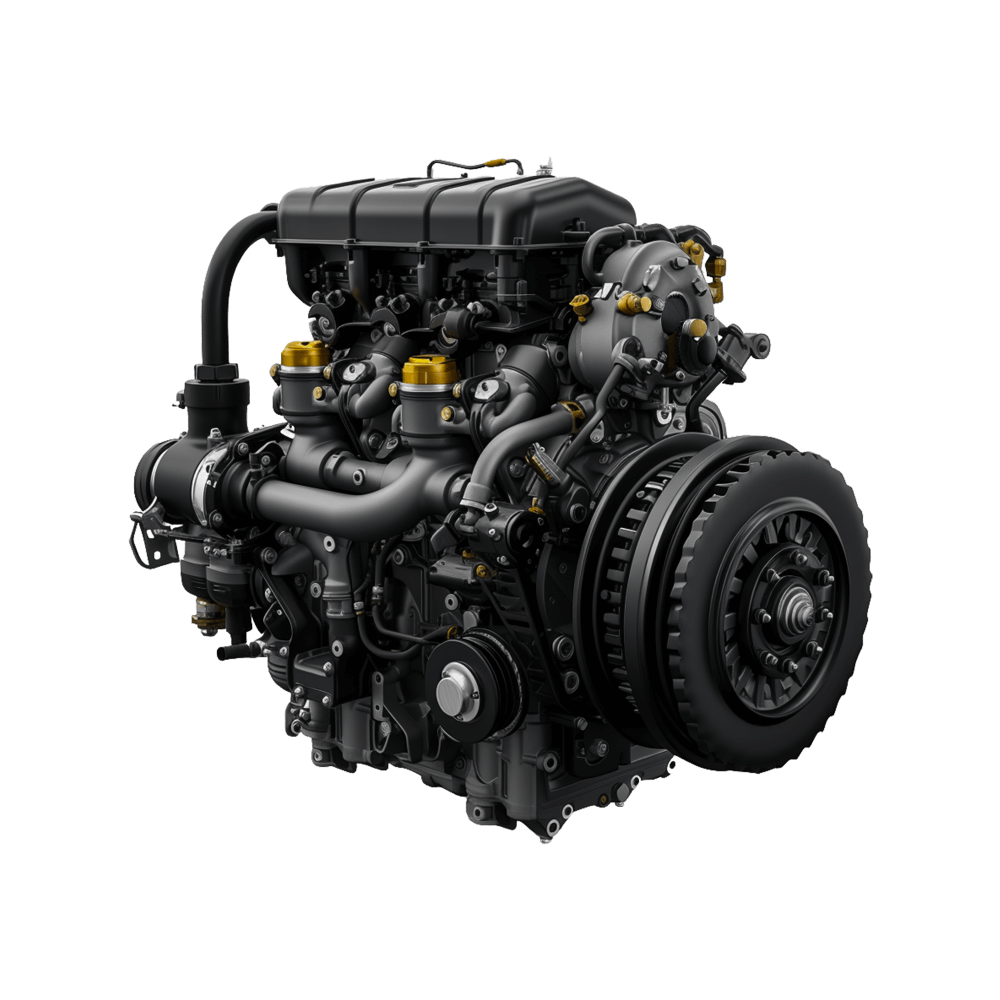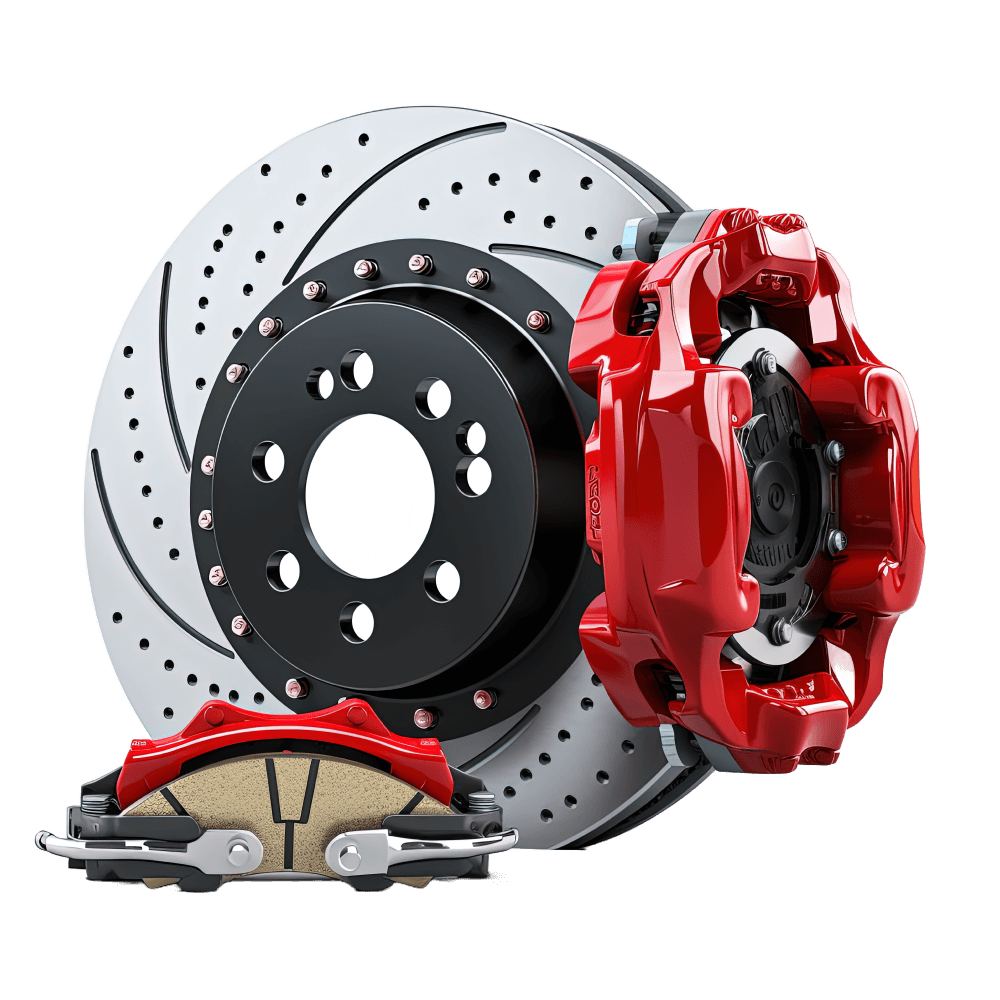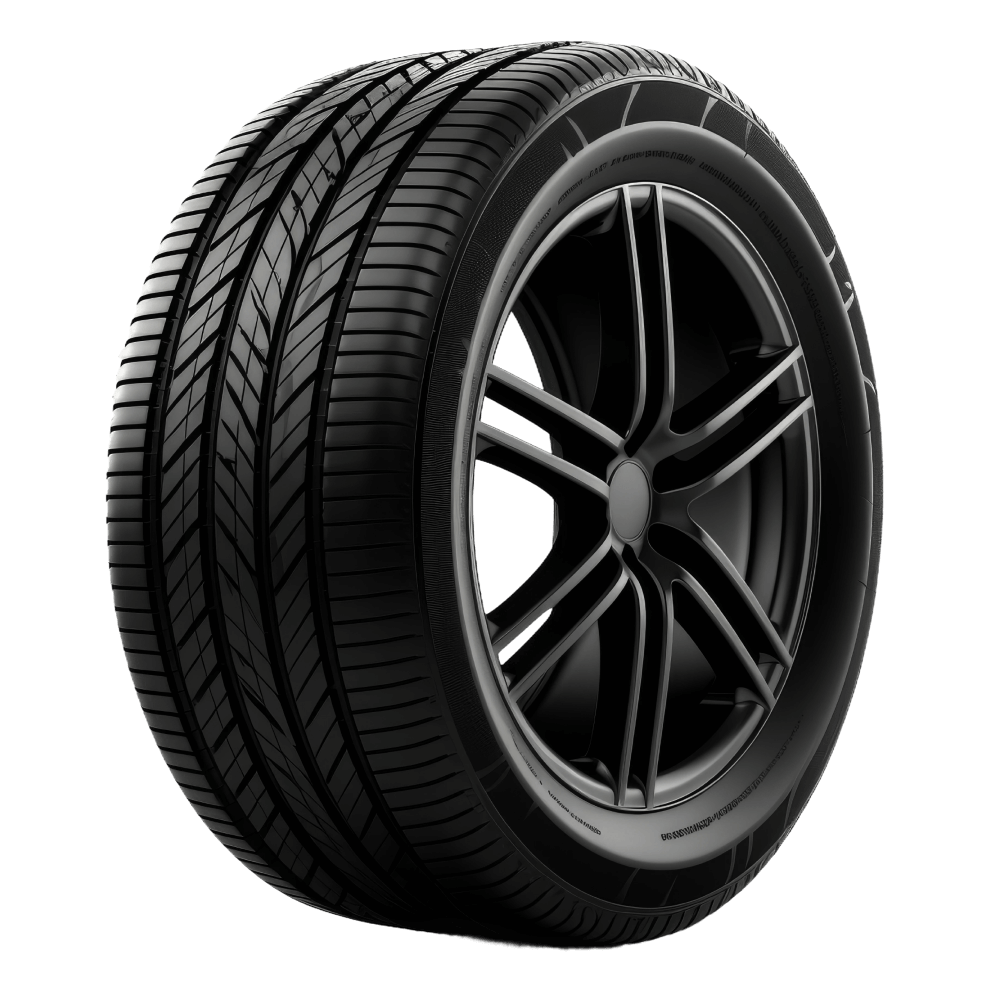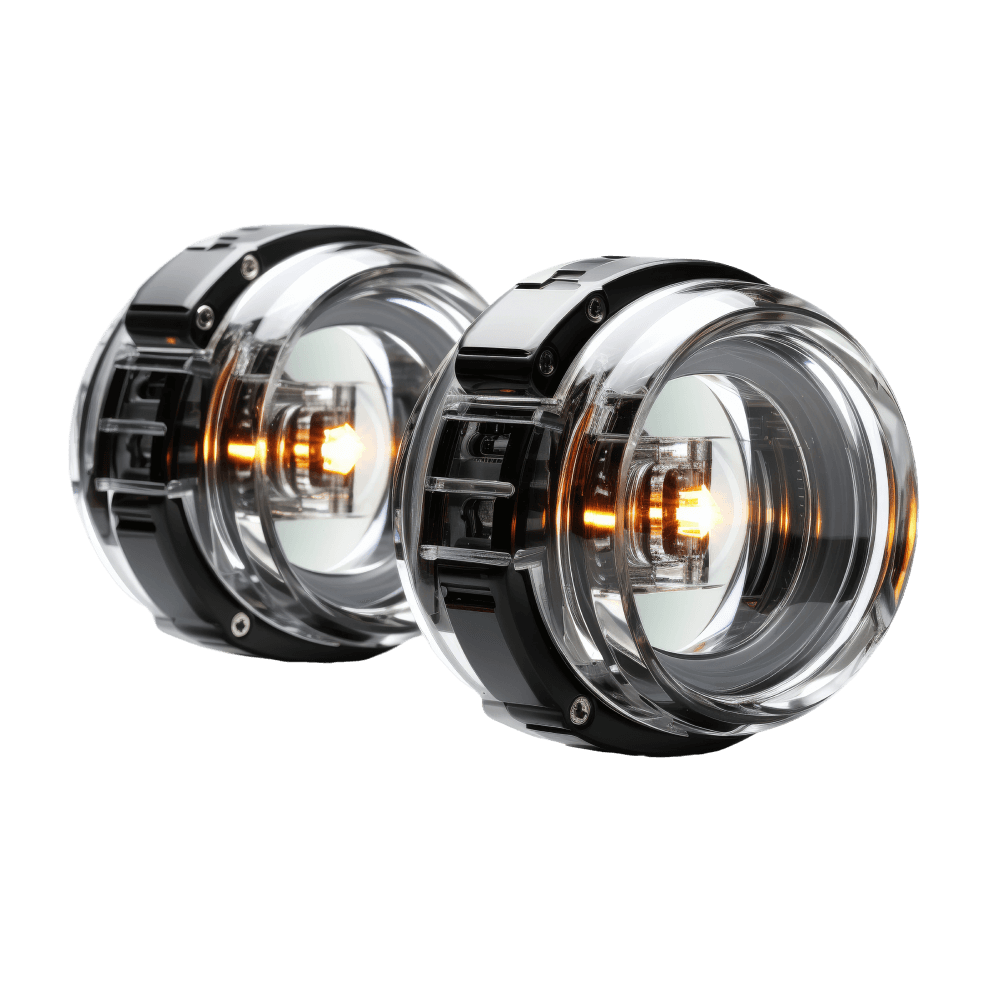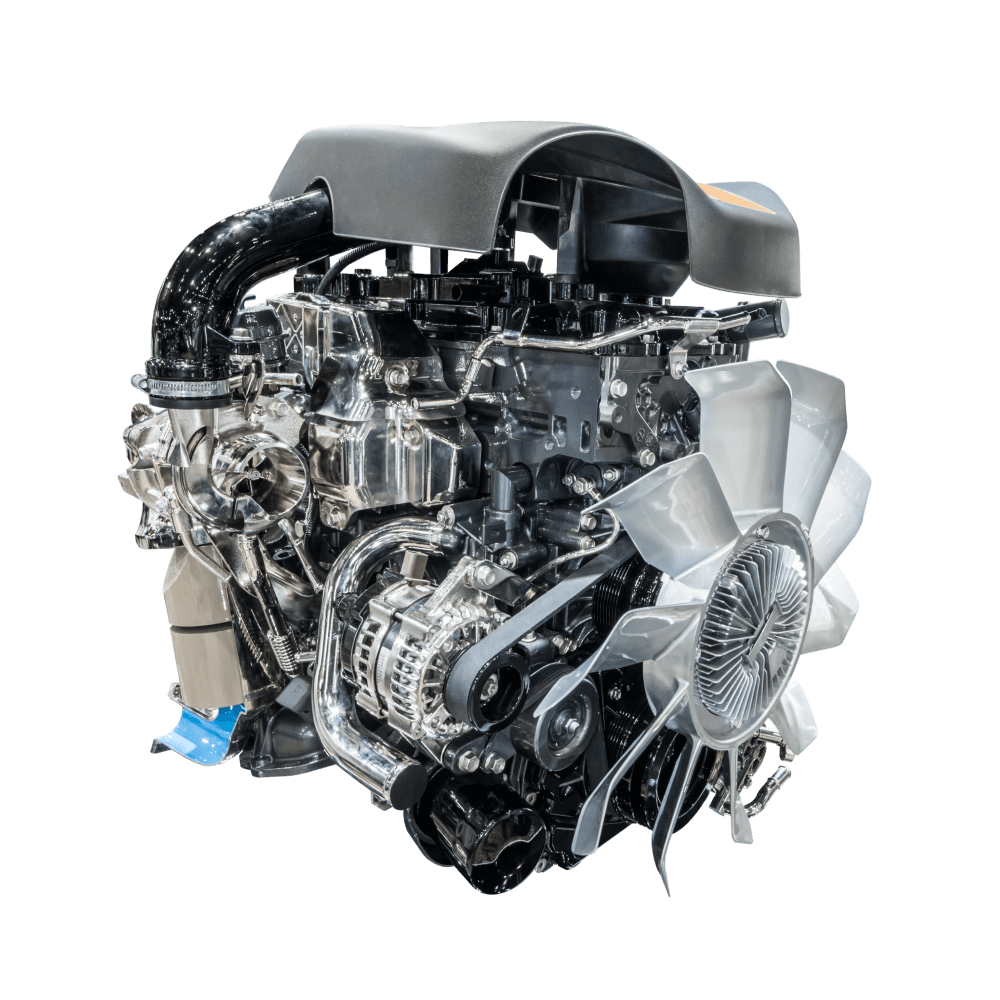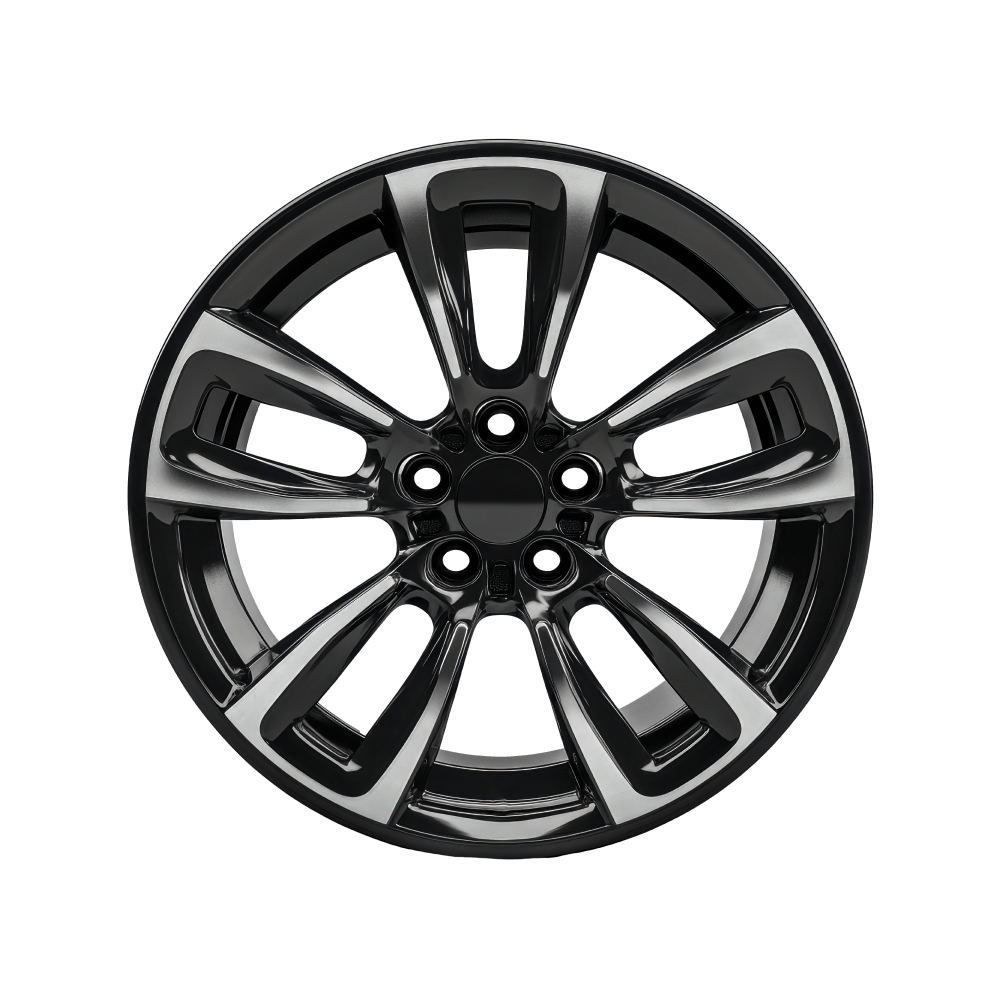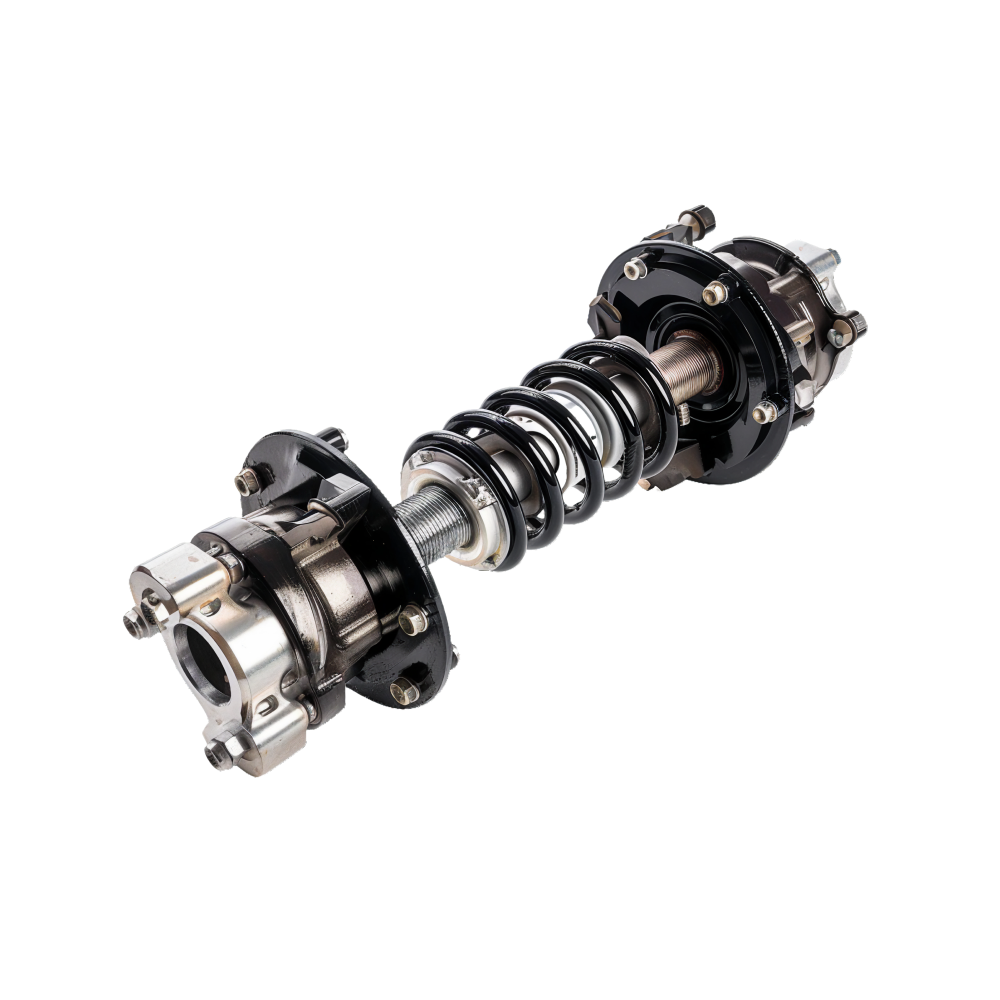Electric vehicles were all the rage only a few short years ago; now, they’re mired by limitations, such as charging times, range anxiety, towing limits, and the lack of infrastructure. Still, EVs provide the automotive world with a zero-emission solution to the massive amounts of CO2 entering the atmosphere. What if there were another solution to this problem? What if that solution ran on gasoline, but didn’t expel carbon into the atmosphere at all? That would be an amazing solution, wouldn’t it?
Mazda has filed a patent for a new engine (go figure), and it could be the solution necessary to allow vehicles to be more environmentally friendly. It utilizes a much more complicated combustion pattern with six strokes instead of four, but those two additional strokes make a huge difference in the resulting carbon dioxide emissions coming out of the tailpipe. This new engine could be the solution the industry has been waiting for; a way to continually utilize fossil fuels with a cleaner-burning engine, at least in terms of tailpipe emissions.
So far, the new Mazda six-stroke engine is nothing more than a filed patent with the US Trademark and Patent Office, but the idea is intriguing. The patent is called “fuel reforming system for vehicle,” which doesn’t do the engine justice, especially considering what it could mean to the industry. In a nutshell, this engine is built to make hydrogen from gasoline, using heat and a catalyst built within the engine’s systems.
This new engine is a way to recover carbon, improve thermal efficiency, and result in a vehicle that runs carbon-neutral. It shouldn’t be too surprising that Mazda came up with such an idea. They have been at the forefront of unconventional engine technology for many years.
The right answer is that this new Mazda six-stroke engine is both. It uses gasoline as fuel and separates the hydrogen from the carbon, using the hydrogen for the combustion process, which means the exhaust doesn’t have CO2 in it. By burning the hydrogen and storing carbon, the engine burns gasoline without expelling harmful carbon dioxide into the atmosphere most of the time.
Only a small amount of hydrogen is stored, which means the engine doesn’t need the same complex tanks that are used in a hydrogen-only vehicle. When there isn’t enough hydrogen ready for the engine, the new Mazda six-stroke engine can run on gasoline until there’s enough hydrogen to do the job. During this process, the emissions would include carbon dioxide.
Normal engines have four strokes, and that process has been used for decades. These four strokes are: intake, compression, power, and exhaust. This new Mazda engine adds two more strokes and redefines some of the movements to ensure carbon is removed from gasoline to burn hydrogen and produce tailpipe emissions without carbon dioxide.
The six-stroke engine has the same four strokes as a regular engine but adds two more. During the first cycle, air is pulled into the chamber, which is a normal first stroke. The next two strokes are also traditional in nature: compression and power, but things change when you get to the fourth stroke.
During the fourth stroke (or cycle if you prefer), which is called the re-compression stroke, the exhaust air is pushed through a different valve, which sends the air through a decomposer. The decomposer works like a catalytic converter but doesn’t have expensive metals in it. In front of the decomposer is a fuel injector that introduces gasoline into the hot exhaust air.
The mixture of exhaust air and fuel enters the reformer, and the carbon sticks to the catalyst. This is the separation process, sending hydrogen to its small storage tank and the carbon to the carbon recovery unit.
Once the separation is completed, the fifth stroke occurs, which is called re-expansion. During this stroke, the remaining air reenters the cylinder, which is then pushed out of the exhaust valve in stroke number six, which is the normal fourth stroke for most engines.
If your vehicle has a carbon storage tank, it will need to be emptied periodically. The carbon recovery unit will be emptied when taking the vehicle in for service. The carbon, which is in its pure form, can be used in steel for pigments or other uses of carbon.
The most obvious advantage is cleaner emissions, which exit the tailpipe of any vehicle powered by this new Mazda six-stroke engine. Without the added carbon dioxide entering the atmosphere, many environmental challenges could be lessened, such as respiratory issues for some people, aspects of global warming, and smog.
Another advantage is the use of gasoline. This new engine would support the existing infrastructure, which would lessen the need for EV charging stations and the transition to electricity. Many changes are required to effectively replace gas vehicles with EVs, including improvements to the electrical grid, and those changes are expensive.
The six-stroke engine is much more complex than current four-stroke engines. It has more moving parts, more technology, and a much more complex method of burning fuel. This complexity increases maintenance costs and leads to the potential for more costly repairs. By contrast, EVs have fewer moving parts than gas engines, resulting in lower maintenance costs.
A car’s ability to effectively store carbon is another concern. Each gallon of gasoline contains about 5.5 pounds of carbon. This means a 15-gallon tank would produce nearly 82.3 pounds of carbon, which is a lot of extra weight to carry around. Of course, this also means the carbon isn’t coming out of the tailpipe. This could lead to carbon-emptying stations at every gas station, to allow drivers to avoid visiting a dealer service center just to have the carbon tanks emptied.
This is new and unproven engine technology, which makes it extremely difficult to guess how efficient the engine could be. With gasoline being introduced into the mixture later in the process, the engine could be more or less efficient than a traditional gas engine. It’s also hard to judge because the engine burns hydrogen and not gasoline during the combustion process.
Mazda has already begun using hybrid engines in some of its vehicles, and it seems to be committed to finding a use for rotary engines, even if only as a PHEV power generator, which makes Mazda SUVs a great place for a new engine to prove itself. This new engine would make a lot of sense in small vehicles on the streets of large cities, where air pollution and smog are serious problems due to the number of vehicles expelling harmful carbon dioxide into the atmosphere.
Before figuring out where the Mazda six-stroke engine can be used, it first needs to be built and proven to operate with some level of efficiency. There are many questions left unanswered about this newly patented idea. How much will the added engineering and technology increase vehicle prices? How efficiently can this engine operate? What is the power rating? How long does it take for there to be enough hydrogen for the exhaust to be carbon-free?
With endless possibilities, this new Mazda six-stroke engine could end the EV revolution. Gas-fueled engines could live on for decades with this new technology, but they have to prove to be a much better choice than electricity. This would mean this engine needs to be in vehicles that are practical, useful, affordable, and easy to drive, much like current gas-powered cars, trucks, and SUVs.
The new Mazda six-stroke engine is an incredibly interesting idea, but it might not be more than just an idea. Many automakers file for patents and trademarks to protect their ideas, but those patents don’t turn into actual products when practical application is applied.
We want to hear from you! Share your opinions in the thread below and remember to keep it respectful.
Your comment has not been saved
Brilliant.
Love Mazda. But tired of the all SUV line up. Lost its Zoom Zoom.
Thou bring the Mazda 6 Back please.
A made in Japan inline 6 Mazda 6 please. AWD would also be great.
Please.
Mazda obtained a patent for a six-stroke V6 that drinks gas, makes its own hydrogen, and hoards carbon like a getaway car.
This is bad news for the vehicle owner, but great news for folks that love engine teardown videos.
BMW’s Baby M just went full send with AWD, 475 horsepower, and 0-60 times that flirt with insanity.
It’s not just battleships and bottles of rum – the world’s favorite pirate has some truly iconic cars tucked away in this mighty collection.
Yes, you can still find cool things in the scrap yard. The Auto Archeologist just proved that once again with this row of Corvettes.
Brabus pushes the limits again with the Rocket GTS, a four-seat shooting brake that blends supercar speed with outrageous, green-painted attitude.

